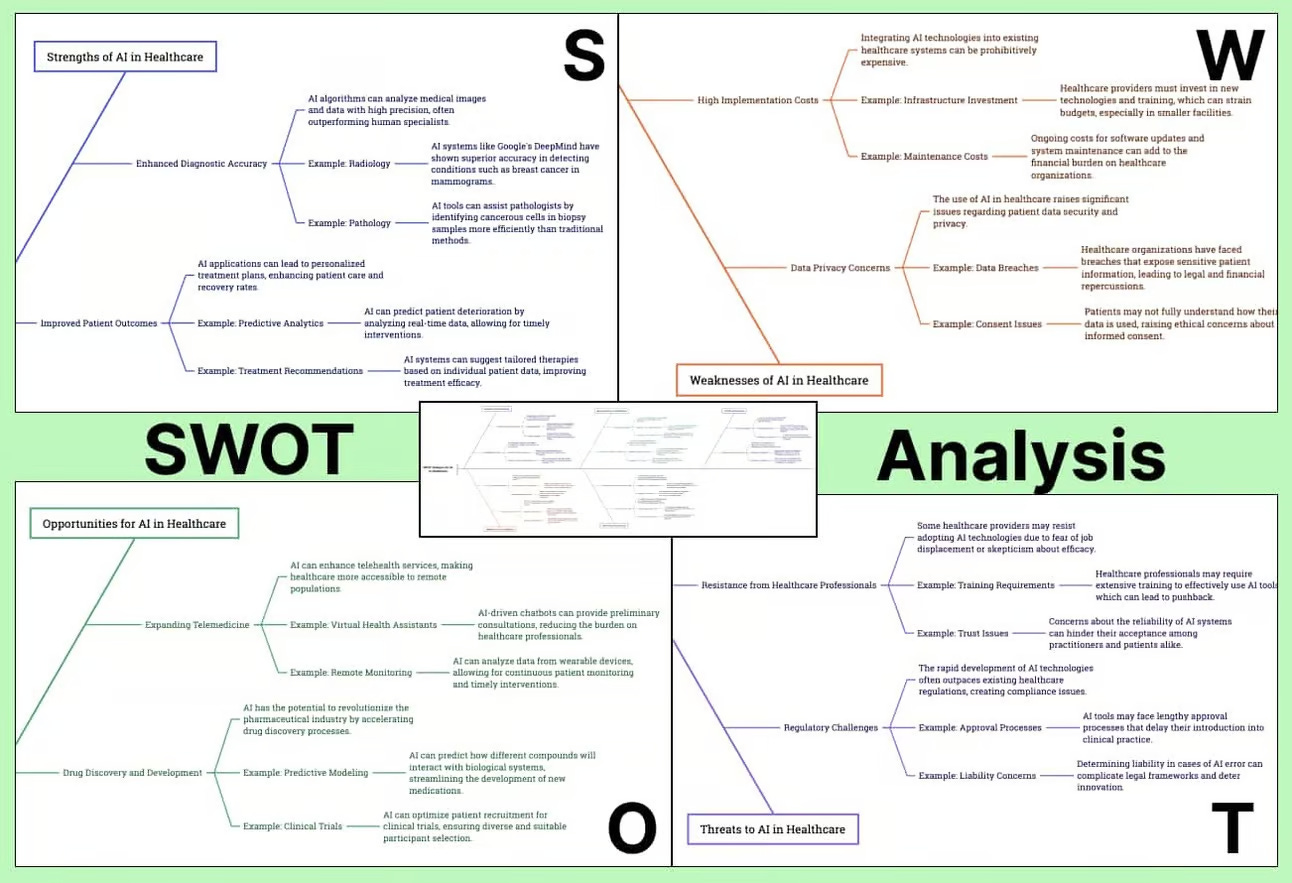Why Free Isn't Always Free?
Plus, ⏲️ Effortless SWOT Analysis with Mapify
Hey Readers 🥰
Welcome to today's edition, bringing the latest growth stories fresh to your inbox.
If your pal sent this to you, then subscribe to be the savviest marketer in the room😉
The Value of Asking for Something in Return
Insights from Stacked Marketer
Adding a small "ask" can surprisingly boost its value when offering something for free. Asking for a minor non-monetary exchange, like filling out a survey or providing an email, not only grabs attention but can also increase engagement. Here’s why this tactic works and how you can use it effectively.
Why Asking for a Trade Works
Getting something for free is irresistible, but research shows that adding a small exchange can boost interest. Our brains are wired to separate "free" offers from those that cost money, but when the cost isn’t financial—like providing feedback or watching an ad—we’re more willing to engage. Asking for something small makes the offer feel more valuable without making the consumer feel like they’re paying.
Research Backs It Up
A series of experiments demonstrated this principle in action:
- More Mugs Accepted: 8.7% of people accepted a branded mug in exchange for completing a short survey, compared to just 6% who took it for free.
- Phone Charging Participation: 13.7% more people used a phone charging station when asked to complete a quick survey, but asking for too much time reduced participation by 29.1%.
- No Impact on Wi-Fi Use: People were just as likely to use airport Wi-Fi whether they had to give personal information.
The Takeaway
Next time you offer something for free, ask for something in return—but not money. A quick survey, email sign-up, or brief ad view could boost engagement without affecting demand. Just make sure the perceived value of your offer exceeds the effort you're asking for in return.
🔍 Mastering SWOT Analysis with Mapify
Insights from Superhuman AI
Mapify makes it easy to create a detailed SWOT analysis for your business, helping you identify strengths, weaknesses, opportunities, and threats. With AI-powered prompts, Mapify brings clarity and insight to your strategic planning.

Step-by-Step Guide to Creating a SWOT Analysis
Step 1: Log in to Mapify
Sign in to your Mapify account and access your credits.
Step 2: Start a New Map
Click "New Map" and choose the "Sample Prompt" option to get started.
Step 3: Write Your SWOT Prompt
Use the prompt box to write a request for your SWOT analysis.
Example Prompt: “SWOT analysis for [your business idea]”
Step 4: Generate the Analysis
Click the "Mapify" button, and within moments, Mapify will generate a detailed SWOT analysis based on your prompt.
Step 5: Customize and Explore
Edit the results to fit your specific needs, adjust the format, and run additional prompts for deeper insights.
Example Prompt: “How can [your business idea] maximize its competitive advantages?”
Pro Tip: Use Mapify for more than just SWOT analyses. It's also great for brainstorming ideas, project planning, strategy development, concept explanations, and timeline creation.
The Takeaway
Mapify provides an innovative and efficient way to conduct SWOT analyses, helping businesses and individuals make data-driven decisions. Its versatile capabilities surpass simple analyses, making it a robust tool for all your strategic planning needs.
We'd love to hear your feedback on today's issue! Simply reply to this email and share your thoughts on how we can improve our content and format.
Have a great day, and we'll be back again with more such content 😍